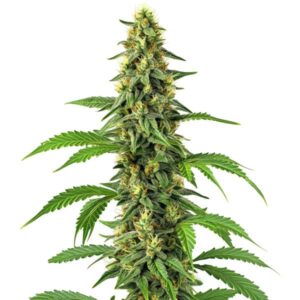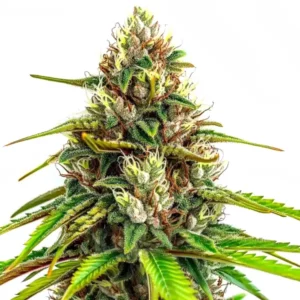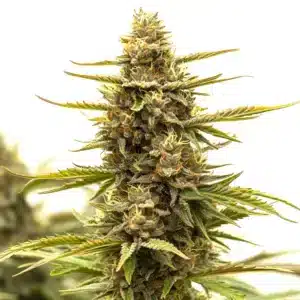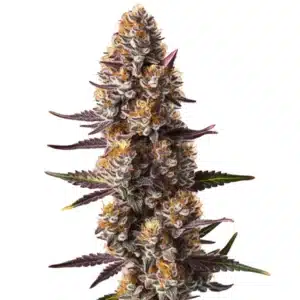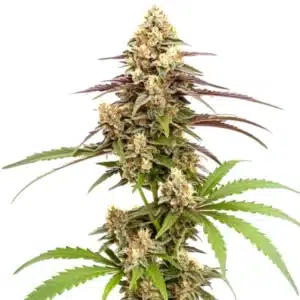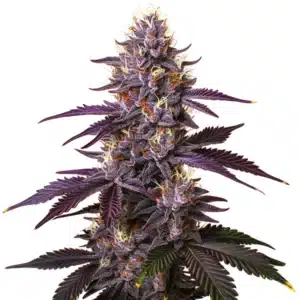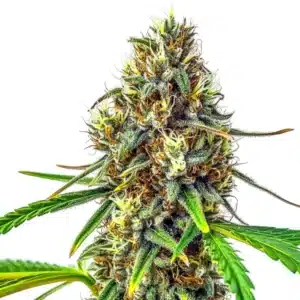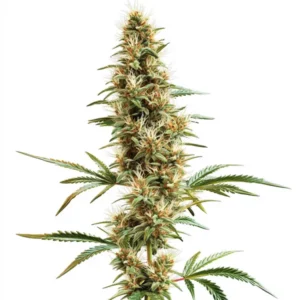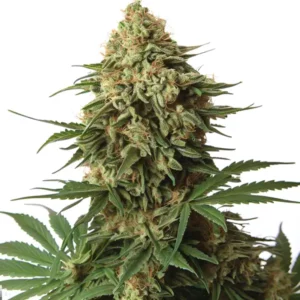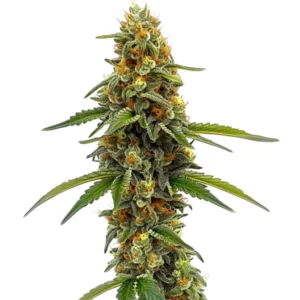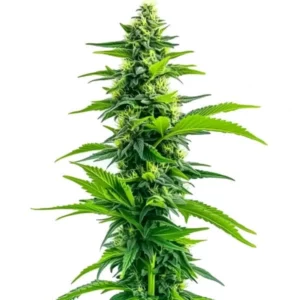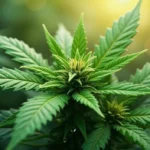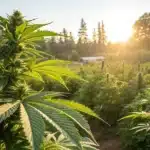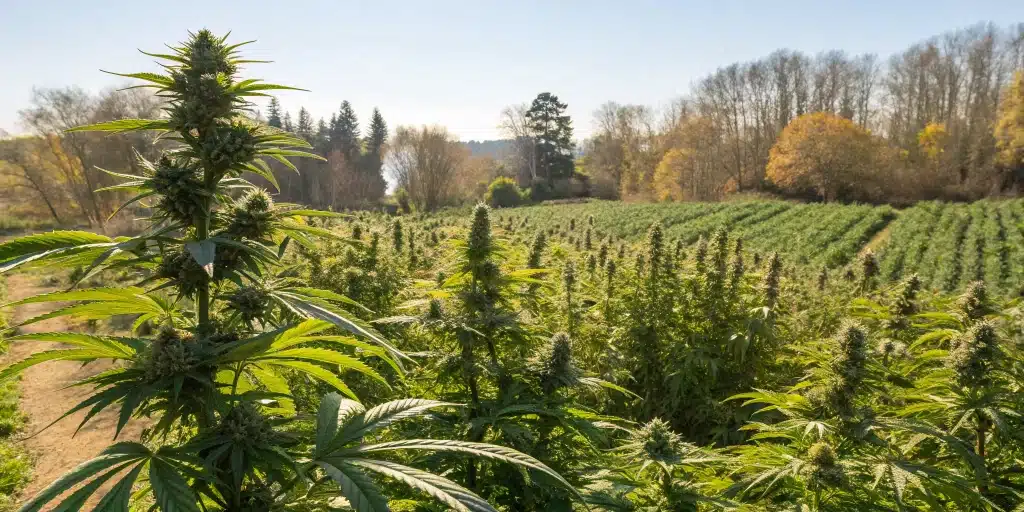
When is it too late to plant cannabis outdoor? Timing and Strategies
Outdoor Cannabis Planting Windows
Typical Growing Seasons and Climate Zones
Outdoor planting windows differ based on your local climate zones. Regions with mild winters and warm springs provide longer periods for growth, while colder areas have shorter growing seasons. In many cases, the easiest window for planting is when spring’s warmth replaces winter’s chill. Many growers wonder, “When is it too late to plant cannabis outdoor” as temperatures change, and this section helps you learn the common seasonal patterns in different zones.
Planting times often depend on the natural rhythm of your environment. For many cannabis cultivators, typical growing seasons start in early spring when the danger of frost diminishes. By paying attention to local weather trends and seasonal cues, you can better answer the question, “When is it too late to plant cannabis outdoor” in your area. This information helps ensure that your plants have ample time to grow before colder weather arrives.
Recommended Strains
24k Gold
|
|
THC | 19% - 22% (Medium) |
|
|
Type | Feminized |
|
|
Yield | High |
|
|
Phenotype | 60% Indica / 40% Sativa |
24k Gold Autoflower
|
|
THC | 18% - 24% (Medium) |
|
|
Type | Autoflowering |
|
|
Yield | Medium |
|
|
Phenotype | 40% Indica / 60% Sativa |
Latitude and Local Weather Impact
Latitude plays a significant part in determining planting windows. Regions closer to the equator have longer, more consistent growing periods, while higher latitudes experience shorter, intense seasons. Local weather events such as sudden drops in temperature can affect planting decisions. Many growers ask, “When is it too late to plant cannabis outdoor” when unexpected cold spells occur, and this section provides insights into how latitude and local weather shape your planting calendar.
Weather patterns vary widely and affect when you can start your garden. Local forecasts, temperature averages, and daylight hours all help answer the question, “When is it too late to plant cannabis outdoor.” By paying attention to these factors, you can schedule your planting to take advantage of ideal conditions. This section helps you connect your location’s specifics with the natural planting window for a successful outdoor cannabis garden.
Promos & Deals
Evaluating Last Planting Dates
Historical Frost Dates and Seasonal Shifts
Historical frost dates give you a baseline for safe planting times. These dates are often determined by long-term weather data and can signal when it becomes risky to plant. Many growers refer to these records when asking, “When is it too late to plant cannabis outdoor” because frost can quickly damage young plants. Knowing your area’s historical frost dates helps you avoid the dangers of a too-late planting and prepares you for seasonal shifts that affect growth.
Seasonal shifts can change from year to year, and a reliable record of frost dates helps you plan better. When you review past trends, you gain insights into the safest times to begin your garden. The information provided here assists in answering the question, “When is it too late to plant cannabis outdoor” by showing you the historical context of your region’s weather. Careful analysis of these dates is vital for a healthy outdoor cannabis crop.
Regional Guidelines and Calendars
Regional planting calendars offer practical advice based on local conditions. These calendars, often created by local agricultural organizations, detail the best times to plant specific crops. Many outdoor growers use these calendars to determine when it is safe to plant. When you wonder, “When is it too late to plant cannabis outdoor” these regional guidelines can be an invaluable resource. They help align your planting schedule with your region’s unique climate.
By following regional calendars, you can plan your planting more effectively. These calendars consider variations in temperature, daylight, and moisture levels that affect your garden. They help answer the question, “When is it too late to plant cannabis outdoor” by providing clear, location-specific dates. Relying on regional recommendations ensures that your outdoor planting is timed to avoid frost and other adverse weather conditions.
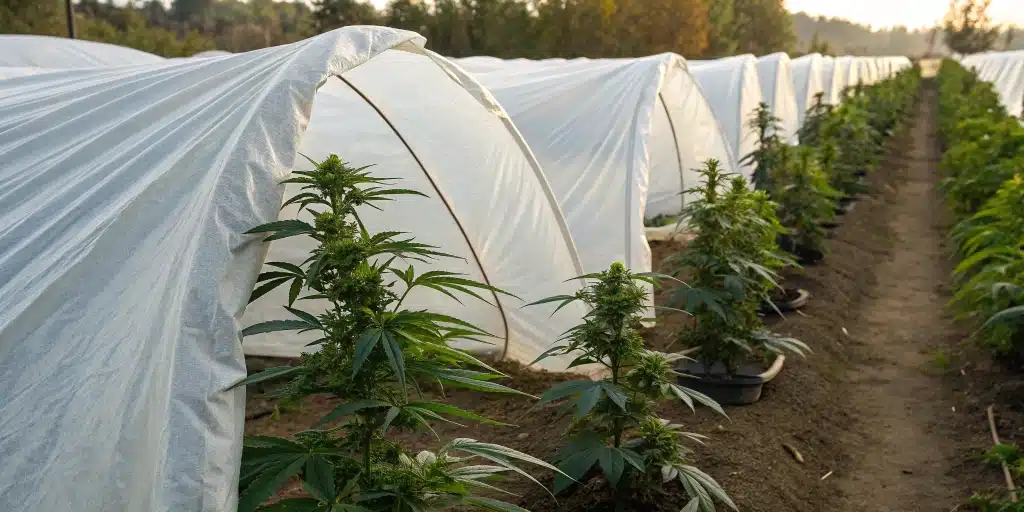
Environmental Factors Influencing Planting Time
Temperature Trends and Daylight Hours
Temperature and daylight are two of the most important environmental factors for cannabis growth. Consistent warmth and ample daylight enable vigorous growth and healthy development. As temperatures drop and daylight hours shorten, the window for planting narrows. Many growers face the question, “When is it too late to plant cannabis outdoor” when these trends start to shift. Keeping an eye on temperature trends and daylight changes is essential for scheduling a successful outdoor garden.
Monitoring these factors can be straightforward with local weather data. When temperatures begin to dip and daylight diminishes, your plants may not have enough time to reach maturity. This section addresses the common question, “When is it too late to plant cannabis outdoor” by explaining how environmental shifts affect growth. Careful observation of temperature trends and daylight hours helps ensure that your plants have enough energy to thrive before weather conditions become harsh.
Soil Conditions and Moisture Levels
Soil conditions and moisture levels are vital for outdoor cannabis cultivation. The soil must provide adequate nutrients and water retention to support robust growth. When moisture levels are high, and the soil is rich, plants grow faster and stronger.
Healthy soil creates an ideal foundation for your cannabis garden. When the soil is too dry or overly saturated, it can stress your plants and stunt their growth. Keeping an eye on these conditions helps answer the question, “When is it too late to plant cannabis outdoor” by showing you when the soil is no longer supportive of healthy growth. Monitoring moisture levels and soil quality ensures that your outdoor garden receives the nutrients it needs to flourish.
Recognizing Signs It Is Too Late
Frost Warnings and Unexpected Cold Spells
Frost warnings are a clear signal that your window for planting is closing. Unexpected cold spells can quickly damage delicate cannabis plants and halt their progress. When you see frost warnings on your local forecast, it is important to consider that you may be nearing the point when it is too late to plant cannabis outdoor. These weather alerts serve as natural indicators that the growing season is ending and that extra precautions are needed for any late planting efforts.
Cold spells can come suddenly, catching even prepared growers off guard. When the temperature drops unexpectedly, young plants suffer and growth slows. Keeping an eye on local forecasts and acting promptly when frost warnings appear can help you protect your garden from the negative impacts of cold weather, ensuring that your plants remain safe.
Indicators of Stunted Growth and Delayed Budding
When plants begin to show signs of stunted growth or delayed budding, it is a clear indication that time may have run out for optimal outdoor planting. Slow growth, discolored leaves, and lack of flowering are common indicators that your plants are not receiving enough warmth or sunlight. Many growers who ask, “When is it too late to plant cannabis outdoor” look for these symptoms as a sign that the planting window has closed. Noticing these early indicators can help you decide whether to continue planting outdoors or switch to alternative methods.
Stunted growth may mean that your plants will never reach their full potential. When budding is delayed, it could be a sign that the plants will not develop the desired resin and flavor. Paying close attention to your garden’s progress allows you to catch these signs early, helping you adjust your strategy for better results and healthier growth.
Strategies for Late Planting
Protective Measures and Microclimate Optimization
If you find that your planting window is closing, there are several protective measures you can take. Using row covers, cloches, or low tunnels can shield your plants from unexpected frost and cold winds. Many growers adapt by optimizing microclimates within their garden to keep temperatures a bit warmer. When you face the question, “When is it too late to plant cannabis outdoors,” these protective methods provide a safety net that may extend your growing season just enough for your plants to thrive.
Optimizing the microclimate involves positioning your plants in spots that receive more sunlight and are less exposed to wind. Simple measures such as mulching and water retention can also help stabilize soil temperature, innovative strategies can give your garden a fighting chance. Small adjustments to your growing environment can make a significant difference in plant health.
Indoor-to-Outdoor Transition Techniques
For those who miss the ideal planting window, transitioning plants from indoor to outdoor environments can be an effective strategy. Starting your cannabis plants indoors gives them a head start, and when conditions improve, they can be moved outside. This method helps answer the common question, “When is it too late to plant cannabis outdoor” by offering an alternative that still allows for healthy growth. Indoor-to-outdoor transition techniques require careful timing and a gradual acclimation to the outdoor climate for best results.
Moving plants from indoors to outdoors involves a process called hardening off, where the plants are gradually exposed to external conditions. This transition minimizes shock and allows them to adjust to temperature and sunlight variations. It offers a viable solution when the outdoor planting window is nearly closed. This technique demonstrates that even if you think, “When is it too late to plant cannabis outdoor,” you still have options to rescue your garden and achieve a successful harvest.
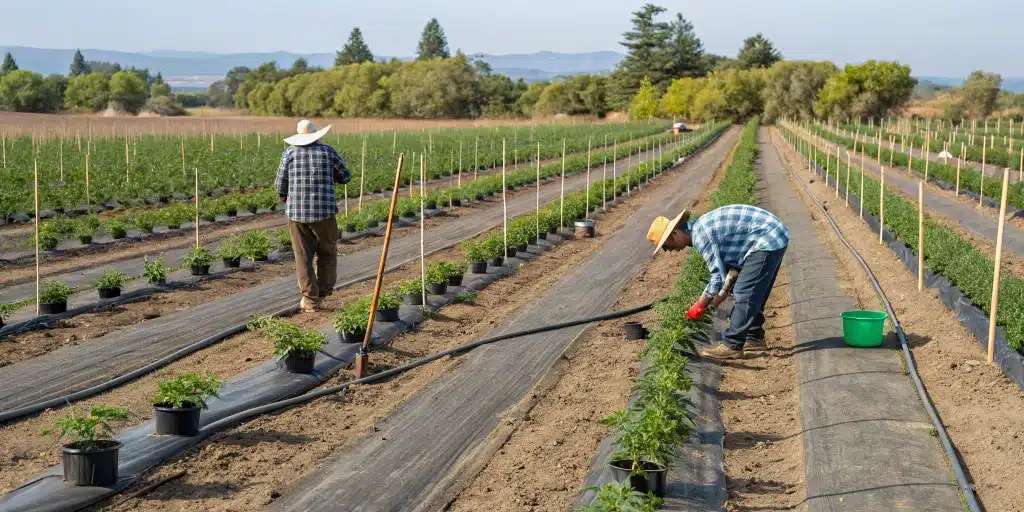
FAQs about When is it too late to plant cannabis outdoor
What are the main signs that it is too late to plant cannabis outdoor?
Plants show signs of stress with frost damage, stunted growth, and delayed flowering. When temperatures drop or frost warnings appear, these indicators mean that conditions are no longer ideal for planting. Monitoring local weather and plant health can help determine if it is truly too late. Consistent observations ensure that you make timely decisions for your garden’s survival.
How do local weather patterns influence the timing for planting cannabis outdoor?
Weather patterns such as unexpected cold spells, shorter daylight hours, and fluctuating temperatures directly affect plant growth. When the local climate shifts suddenly, it may indicate that it is too late to plant cannabis outdoors. Keeping track of temperature trends, frost dates, and seasonal changes can provide clear signals for when conditions become unsuitable. Observing these patterns helps you plan the best time for planting.
Can protective measures extend the outdoor planting window for cannabis?
Protective measures like row covers, microclimate optimization, and indoor-to-outdoor transitions can extend the planting window slightly. These methods offer extra warmth and shelter, allowing plants to grow even when conditions are borderline. While they may not fully overcome a late start, they provide valuable options for those who ask, “When is it too late to plant cannabis outdoor” and still wish to try outdoor cultivation with minimal risk.


